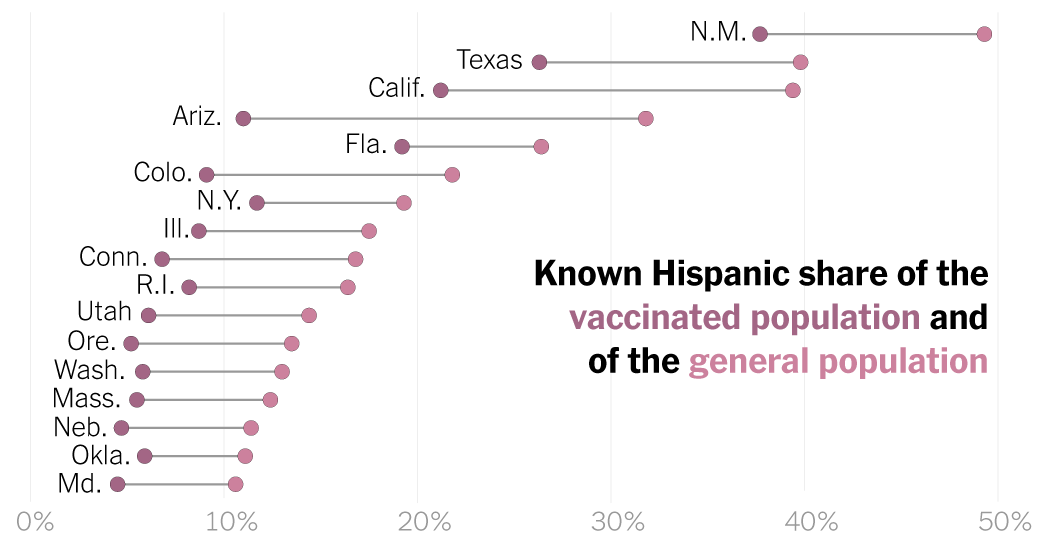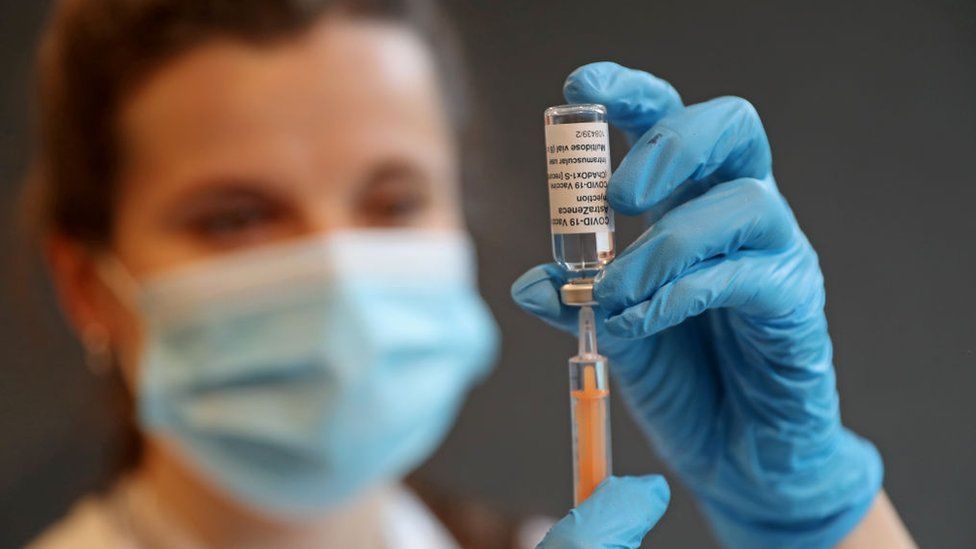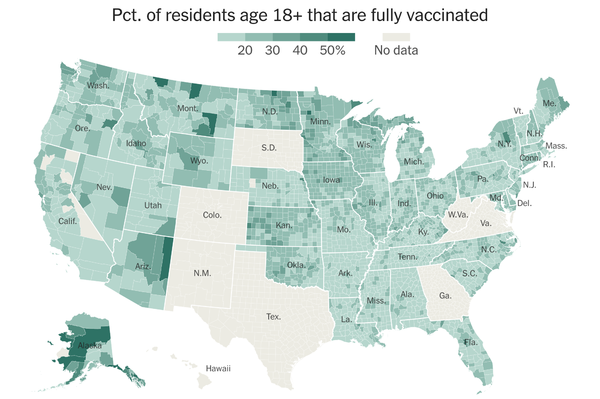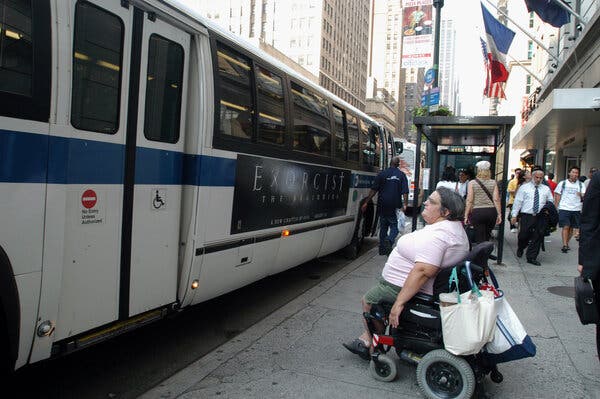People with severe gum disease may be twice as likely to have increased blood pressure
Adults with periodontitis, a severe gum infection, may be significantly more likely to have higher blood pressure compared to individuals who had healthy gums, according to new research published today in Hypertension, an American Heart Association journal.
Previous studies have found an association between hypertension and periodontitis, however, research confirming the details of this association is scarce. Periodontitis is an infection of the gum tissues that hold teeth in place that can lead to progressive inflammation, bone or tooth loss. Prevention and treatment of periodontitis is cost effective and can lead to reduction of systemic markers of inflammation as well as improvement in function of the endothelium (thin membrane lining the inside of the heart and blood vessels).
“Patients with gum disease often present with elevated blood pressure, especially when there is active gingival inflammation, or bleeding of the gums,” said lead study author Eva Muñoz Aguilera, D.D.S., M.Clin.Dent., senior researcher at UCL Eastman Dental Institute in London, United Kingdom. “Elevated blood pressure is usually asymptomatic, and many individuals may be unaware that they are at increased risk of cardiovascular complications. We aimed to investigate the association between severe periodontitis and high blood pressure in healthy adults without a confirmed diagnosis of hypertension.”
The study included 250 adults with generalized, severe periodontitis (≥50% of teeth measured with gum infection) and a control group of 250 adults who did not have severe gum disease, all of whom were otherwise healthy and had no other chronic health conditions. The median age of the participants was 35 years, and 52.6% were female. The research was completed in collaboration with the department of dentistry at the Universitat Internacional de Catalunya in Barcelona, Spain.
All participants underwent comprehensive periodontal examinations including detailed measures of gum disease severity, such as full-mouth dental plaque, bleeding of the gums and the depth of the infected gum pockets. Blood pressure assessments were measured three times for each participant to ensure accuracy. Fasting blood samples were also collected and analyzed for high levels of white blood cells and high sensitivity C-reactive protein (hsCRP), as both are markers of increased inflammation in the body. Additional information analyzed as confounders included family history of cardiovascular disease, age, body mass index, gender, ethnicity, smoking and physical activity levels.
The researchers found that a diagnosis of gum disease was associated with higher odds of hypertension, independent of common cardiovascular risk factors. Individuals with gum disease were twice as likely to have high systolic blood pressure values ?140 mm Hg, compared to people with healthy gums (14% and 7%, respectively). Researchers also found: The presence of active gum inflammation (identified by bleeding gums) was associated with higher systolic blood pressure. Participants with periodontitis exhibited increased glucose, LDL (“bad” cholesterol), hsCRP and white blood cell levels, and lower HDL (“good” cholesterol) levels compared to those in the control group. Nearly 50% of participants with gum disease and 42% of the control group had blood pressure values for a diagnosis of hypertension, defined as ?130/80 mmHg.”This evidence indicates that periodontal bacteria cause damage to the gums and also triggers inflammatory responses that can impact the development of systemic diseases including hypertension,” said corresponding author Francesco D’Aiuto, D.M.D., M.Clin.Dent., Ph.D., professor of periodontology and head of the periodontology unit at the UCL Eastman Dental Institute. “This would mean that the link between gum disease and elevated blood pressure occurs well before a patient develops high blood pressure. Our study also confirms that a worryingly high number of individuals are unaware of a possible diagnosis of hypertension.”
D’Aiuto added, “Integration of hypertension screening by dental professionals with referrals to primary care professionals and periodontal disease screening by medical professionals with referrals to periodontists could improve detection and treatment of both conditions to improve oral health and reduce the burden of hypertension and its complications. Oral health strategies such as brushing teeth twice daily are proven to be very effective in managing and preventing the most common oral conditions, and our study’s results indicate they can also be a powerful and affordable tool to help prevent hypertension.”
This study did not account for other factors that may also impact blood pressure, such as abdominal obesity, salt intake, use of anti-inflammatory medications, hormone treatments or stress, or any other oral health conditions.
Story Source:
Materials provided by American Heart Association. Note: Content may be edited for style and length.








